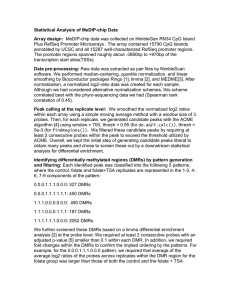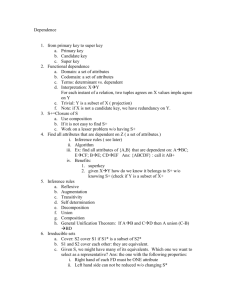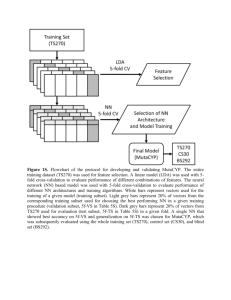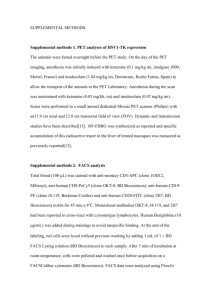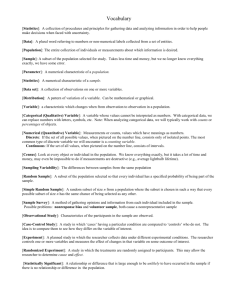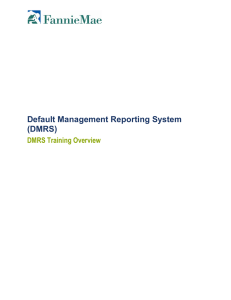Supplemental Table S2_CD14_DEG – Differentially
advertisement
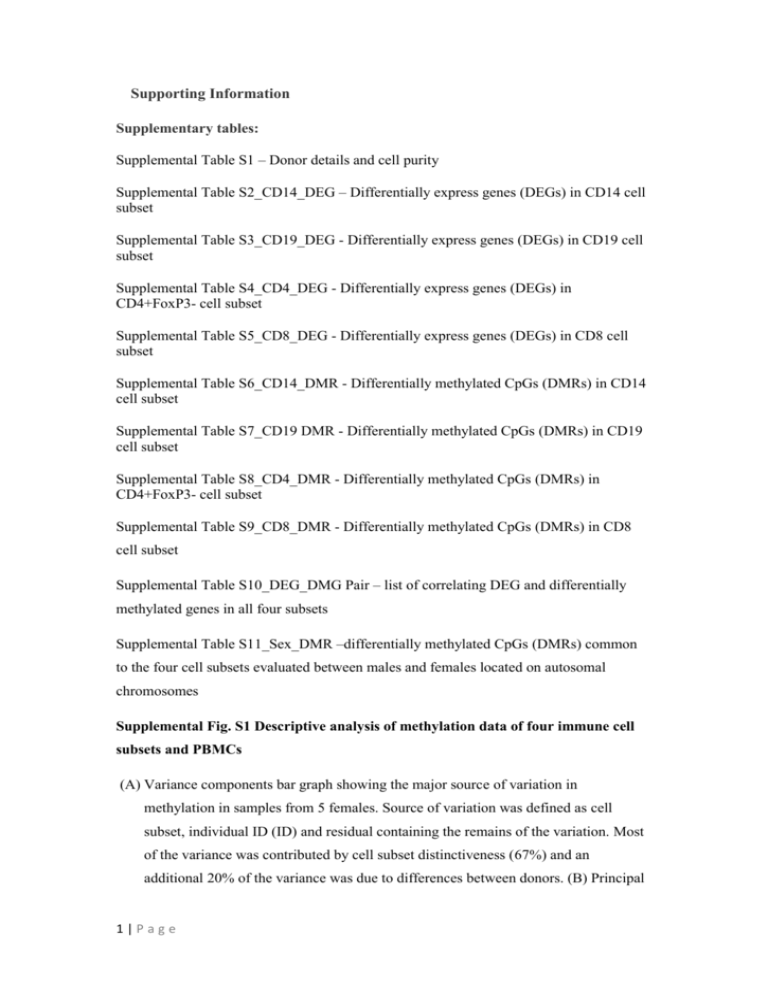
Supporting Information Supplementary tables: Supplemental Table S1 – Donor details and cell purity Supplemental Table S2_CD14_DEG – Differentially express genes (DEGs) in CD14 cell subset Supplemental Table S3_CD19_DEG - Differentially express genes (DEGs) in CD19 cell subset Supplemental Table S4_CD4_DEG - Differentially express genes (DEGs) in CD4+FoxP3- cell subset Supplemental Table S5_CD8_DEG - Differentially express genes (DEGs) in CD8 cell subset Supplemental Table S6_CD14_DMR - Differentially methylated CpGs (DMRs) in CD14 cell subset Supplemental Table S7_CD19 DMR - Differentially methylated CpGs (DMRs) in CD19 cell subset Supplemental Table S8_CD4_DMR - Differentially methylated CpGs (DMRs) in CD4+FoxP3- cell subset Supplemental Table S9_CD8_DMR - Differentially methylated CpGs (DMRs) in CD8 cell subset Supplemental Table S10_DEG_DMG Pair – list of correlating DEG and differentially methylated genes in all four subsets Supplemental Table S11_Sex_DMR –differentially methylated CpGs (DMRs) common to the four cell subsets evaluated between males and females located on autosomal chromosomes Supplemental Fig. S1 Descriptive analysis of methylation data of four immune cell subsets and PBMCs (A) Variance components bar graph showing the major source of variation in methylation in samples from 5 females. Source of variation was defined as cell subset, individual ID (ID) and residual containing the remains of the variation. Most of the variance was contributed by cell subset distinctiveness (67%) and an additional 20% of the variance was due to differences between donors. (B) Principal 1|Page component analysis presented as 3D plot with the first three components marked as Prin1-3, each ball color corresponds to a different cell subset: red- monocytes, blueCD4, yellow- CD8, turquoise- PBMC and green- B cells. Prin1 (~36% to the variation) corresponds to the difference between monocytes vs T-cells and PBMC. Prin2 (~16% of the variation) corresponds to the difference between monocytes and B-cells. Prin3 (~10% of the variation) corresponds to the difference between T-cells and B-cells. Monocytes, B cells and PBMCs create distinct clusters, while CD4 and CD8 T cells overlap, suggesting high similarity between the two T cell subsets, despite their diverse functional roles. Supplemental Fig. S2 Descriptive statistics of expression profile of four immune subsets and PBMCs (A) Variance components graph demonstrating the major source of variance in gene expression levels in samples from 5 females. Source of variation was defined as cellsubtypes (CD14, CD19, CD4, CD8 cells and PBMC), individual ID (ID), Batchdifference between the processing of the two chips and residual containing the remains of the variation. Most of the variance was contributed by cell subset distinctiveness (75%) and an additional 16% of the variance was due to differences between donors. (B) Principal component analysis presented as 3D plot with the first three component marked as Prin1-3, each ball color corresponds to a different cell subset: red- monocytes, blueCD4, yellow- CD8, green- PBMC and turquoise- B cells. Prin1 (~43% of the variation) corresponds to the difference between monocytes and T-cells. Prin2 (~17% of the variation) corresponds to the difference between B cells and T cells. Prin3 (~8% of the variation) corresponds to the difference between PBMC and T-cells. Monocytes and B cells create distinct clusters, while PBMCs overlaps with CD4 and CD8 T cells, most likely reflecting the T cell abundance within PBMCs. Supplemental Fig. S3 Most immune cell subset-specific DMRs are hypomethylated (A) A table presenting the number of hyper- and hypomethylated cell subset-specific DMRs in the 4 immune cell subsets showing that more DMRs are hypomethylated. (B) A bar graph presenting the percentage of hyper- and hypomethylated cell subset-specific DMRs in three genomic regions: promoter, gene body and intergenic region (other 2|Page regions were excluded from figure). The relative proportion of hyper- and hypomethylated DMRs in each region was similar, and both were mainly found in the gene body. (C) A bar graph presenting the percentage of hyper- and hypomethylated cell subset-specific DMRs in CGI, shore, shelf and open sea. The relative proportion of hyperand hypomethylated DMRs in each location was similar, and >50% were found in the open sea. Thus the genomic location of hyper- and hypomethylated subset-specific DMRs is similar in the various subsets and hypermethylated CpG is the most frequent form associated with cell-specificity. 3|Page

